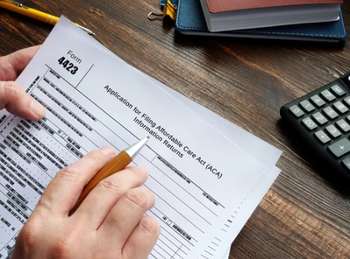
CDC Seminar Addresses Challenges of Opioid Abuse in Women
During a Public Health Grand Rounds seminar hosted by the CDC on Tuesday, 3 experts from different vantage points within the healthcare system discussed why opioid use disorder presents unique challenges in women and what can be done to address this crisis.
During a
John Iskander, MD, MPH, scientific director of Public Health Grand Rounds at the CDC, began the event with his hope that information sessions like this one could prevent needless deaths as the United States continues to grapple with an epidemic of overdoses caused by heroin and prescription opioids. CDC Director Tom Frieden, MD, MPH, spoke about how the crisis can have a particularly significant impact on women’s health. However, he hoped that the increased public recognition of addiction as a disease would lead to “a turning of the tide” as more partnerships form in efforts to combat opioid abuse.
The first presenter, Karin A. Mack, PhD, associate director for science at CDC’s National Center for Injury Prevention and Control, provided an overview of opioid use disorder in women and the federal response to the crisis. The statistics, particularly for women, were troubling: every year since 2007, more women have died from drug overdoses than from motor vehicle crashes. Women are more likely than men to be given prescriptions for opioids and benzodiazepines at the same time, creating a dangerous combination. Every 3 minutes, a woman goes to the emergency department for abuse of prescription painkillers.
However, Mack said, “evidence-based solutions offer optimism that we can turn the tide and save lives.” She pointed to successful state and federal interventions, like prescription drug monitoring programs and prescriber education resources, as examples of such efforts.
Linda Frazier, RN, MCHES, CADC, director of addictions initiatives at Advocates for Human Potential, brought her unique perspective as a nurse, health educator, and recovery advocate to discuss comprehensive approaches to care for women with substance use disorders. Women benefit from evidence-based treatments like pharmacotherapies and cognitive behavioral therapy just like men do, but the care process works even better “when implemented with women’s specific needs in mind.”
Women need gender-responsive approaches to treatment, she said, that take into account their multiple roles in society and provide a safe healing environment. She emphasized the importance of “culturally responsive care” that incorporates the multiple dimensions of recovery: health, home, purpose, and community.
“Improving outcomes requires a full continuum of services and support,” said Frazier. She concluded her presentation by advocating for further integration of primary care and mental health.
The final speaker, Mishka Terplan, MD, MPH, FACOG, FASAM, professor in the department of obstetrics and gynecology at Virginia Commonwealth University, expanded on the idea of integrated care. Women have concerns that stretch across multiple domains of health, whether they be mental, physical, sexual, or substance-related, so a siloed healthcare structure cannot meet all of their needs. The Affordable Care Act has improved mental health parity and encouraged the incorporation of behavioral health, but Terplan said that this approach is not truly holistic without the inclusion of reproductive health.
His research centers on bringing the reproductive health silo into public health interventions for women with substance use disorders. For example, a syringe exchange program in Baltimore incorporated family planning by providing pregnancy tests and offering injectable contraception. Another opportunity for prevention at the intersection of reproductive health and substance abuse was created through the Baltimore Reproductive Health Initiative, which asked about family planning during drug treatment intake and resulted in contraception being provided to 83% of women with unmet birth control needs during that visit.
By integrating the different siloes of health, Terplan said, the healthcare system can “move towards equality and address gender-based injustices.”
Newsletter
Stay ahead of policy, cost, and value—subscribe to AJMC for expert insights at the intersection of clinical care and health economics.








































